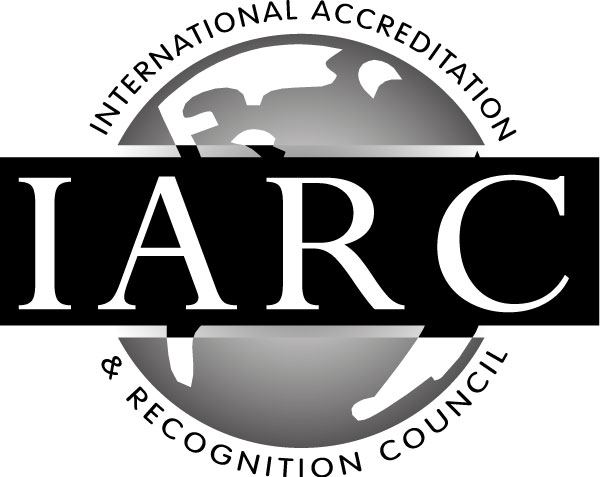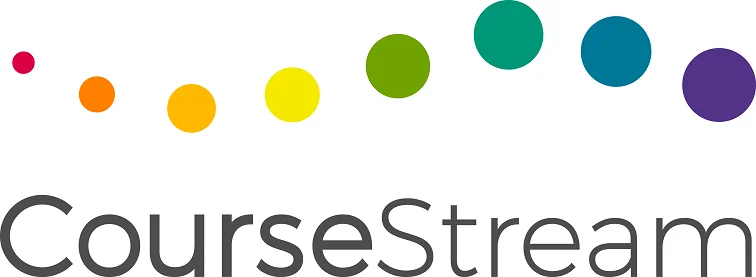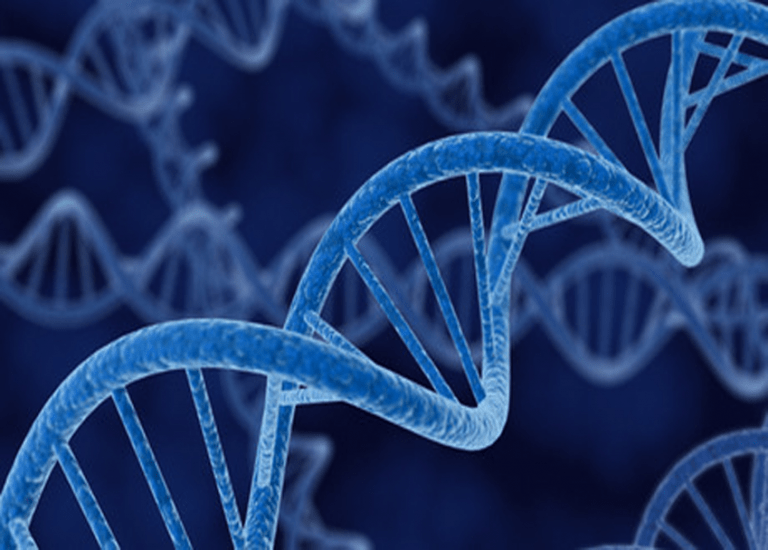Why study this Genetics course?
Having a hard time understanding genetics? Want to learn genetics but you don’t know where to start? Then this online genetics course will help you!
Genetics is a biology discipline that examines the science of heritability, genes, and the natural variations in living organisms. The rapid development of the field of biotechnology has also incorporated genetics to include genetic engineering and modification of organisms for specific purposes.
This online genetics course will introduce you to the field of genetics starting with an introduction to genetics as well as cellular biology. Students then learn about chromosomes, genetic interactions, biochemistry of DNA and chromosomes, mutations, DNA repair and recombination and then finish the course with more applied subjects such as developmental, population and applied genetics.
This genetics course online is suitable for:
- plant and animal breeders
- anyone involved with reproduction who needs a deeper understanding of genetics
- teachers
- anyone interested in this fascinating topic.
Course Aims:
- To acknowledge the history of modern genetics and interpret important terminology in genetics work used, specifically relating to areas of study such as plant and animal sciences, conservation of plant and animal species, agriculture, horticulture, veterinary medicine and human health sciences.
- To develop understanding of the structures (organelles) of cells and comprehend their basic functions specifically relating to cell division.
- To discuss the main ways features are inherited.
- To develop knowledge of biological interactions and understand the significance of gene expression in heritability.
- Describe chemicals and reactions involved in genetics including protein synthesis.
- Explain the nature and management of genetic mutations.
- Develop understanding of how DNA repair mechanisms, and recombination to understand the significance of DNA cleaving and re-joining.
- Demonstrate an understanding of genetics to explain how variations occur in living organisms both within and beyond species.
- Explain both the significance and dynamics of genetic variation within populations of different living organisms.
- Describe how genetic knowledge is applied to a variety of human endeavors.
Lesson Structure
- Scope, nature and history
- Darwin and Mendel
- Mendel’s experiment
- Mendel’s law of segregation
- Mendel’s Law of Independent Assortment
- Advances since Mendel
- Important genetics terminology
- Prokaryotes
- Eukaryotes
- Organelles in the cell
- Cell structure and function
- Organelles in plants -Cell wall, Vacuole,Plastids
- Organelles in plants and animals – plasma membrane, cytoplasm, ribosomes etc.
- Genetic structures and materials
- Nucleus
- Nuclear envelope
- Nucleolus
- DNA
- Cell division –meiosis and mitosis
- DNA replication
- Four stages of Mitosis
- Cytokinesis
- Gameotogenesis
- Gametes
- Meiosis
- Meosis 1
- Meosis 2
- Gamete production in plants
- Introduction
- Sex determination
- Sex chromosomes
- Sex linked inheritance
- Hemophilia example
- Colour blindness example
- Linkage and crossing over
- Linked genes
- Genetic mapping
- Introduction
- Traits and gene expression
- Polygenic inheritance
- Gene interactions
- Epistasis
- Enhancer genes
- Suppressor gene
- Incomplete dominance
- Codominance
- Lethal genes
- Cytoplasmic inheritance
- Gene expression
- Transcription
- Translation
- Nucleic acids
- DNA (Deoxyribonucleic Acid) Structure
- Double Stranded Helix
- Chromasomes
- Chromatin
- Chromatids
- Understanding the genetic code
- Role of proteins
- Transcription and translation
- Post translational modification
- Introns and exons
- Reading the code
- Introduction
- Chromosome mutations
- Insertion
- Inversion
- Duplication
- Translocation
- Non-disjunction
- Gene mutations
- Point mutations (single nucleotide polymorphism (SNP)
- Point substitution mutation
- Insertions
- Deletions
- Frameshift mutations
- Categories of gene mutations
- Silent mutations
- Missense mutations
- Nonsense mutations
- How do mutations occur
- Radiation
- Viruses or other microorganisms
- Chemicals
- Spontaneous mutations
- Effect of mutations
- Repair of mutations
- Introduction
- Excision pathways
- Methyl directed mismatch repair
- SOS repair
- Photoreactivation (Light dependent repair)
- Crossing over
- Recombination
- Introduction
- Genetics are instructions for structures
- Cellular organisation and differentiation
- Model organisms used in developmental genetics
- Why study developmental genetics
- The human genome project
- Birth defects
- Genetic advances in birth defects
- Gene therapy
- Gene therapy and cancer
- What is population genetics
- Genetic variation within a population
- How do we measure genetic variation
- The hardy weinberg law
- Evolutionary agents and their effect on populatyion genetics
- Mutations
- Movement of individuals between populations
- Genetic drift
- Non random mating
- Natural selection
- Polymorphism
- Genetics in breeding animals
- Farm animal breeding
- Breeding pets
- Genetics for breeding plants
- Cloning plants
- Cloning -somatic cell nuclear transfer
- Modifying organisms genetically
- Transgenic animals
- Agricultural applications for transgenics
- Medical applications for transgenics
- Transgenics to modify DNA in plants
- Genetics in human health science
- Disease understanding
- Diagnosis of disease
- Genetic screening
- Gene therapy
- Pharmacogenomics
Enrol Now
- Experienced Tutor support
- Certificate sent to you
- Online study (Printed notes available)
- Self paced - no set timetable
- 12 months to complete course
From: $25.00 / week for 26 weeks
Get a Free Info Pack!











